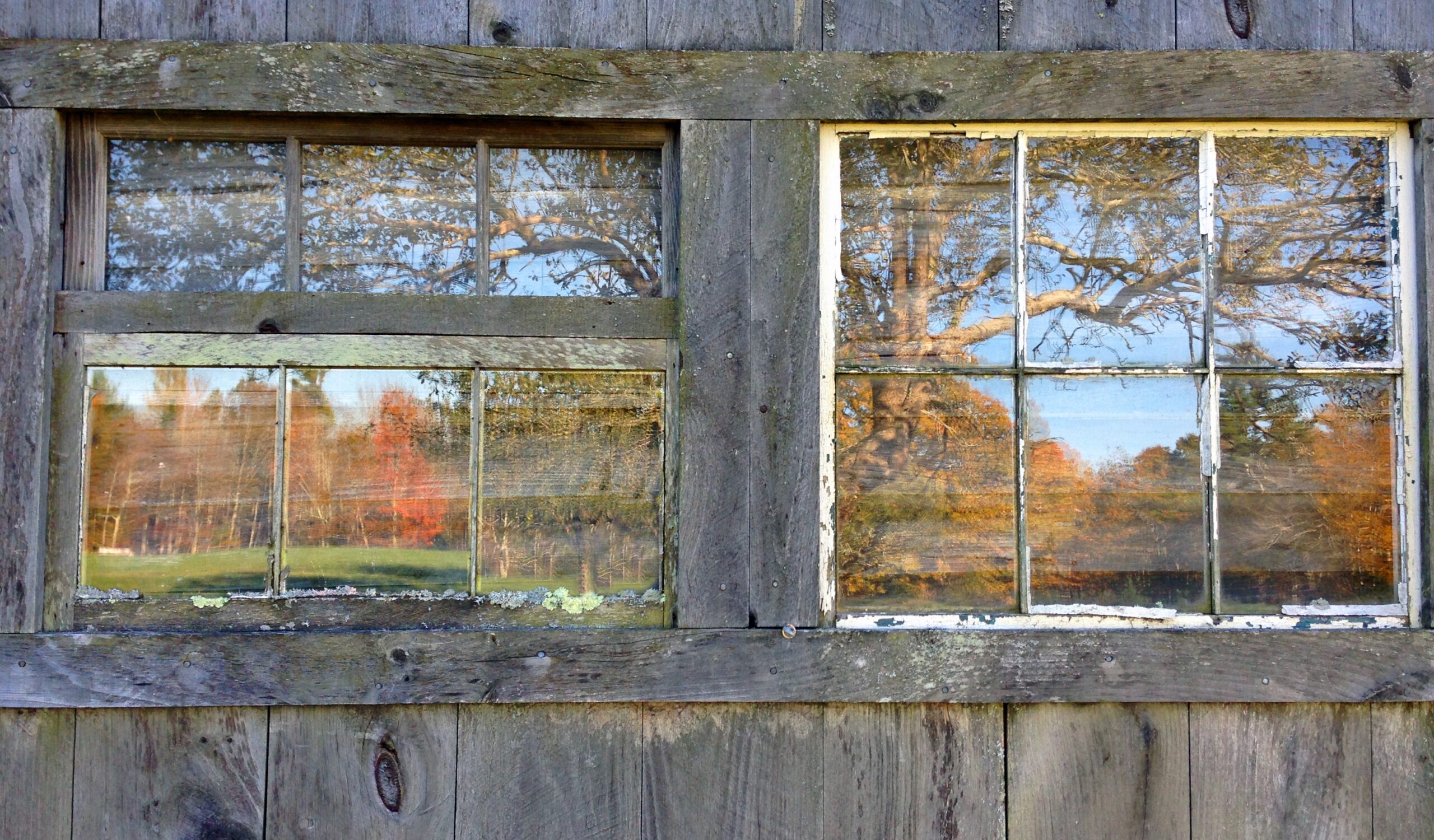
Generativity and Eldership
While the concept of Eldership arises out of the Christian tradition and is most often associated with the development of leadership in Christian churches, it is also a term and tradition that is of great potential value for anyone seeking to be generative in their inter-generational contributions. Eldership concerns preparing of community members for assuming positions of leadership in their community with a strong knowledge base, as well as clear sense of values and commitment to the mission of their community.
The Nature of Eldership
While eldership is usually found in Protestant churches, we are reminded of the “eldership” that was found for many years in Catholic orders of nuns. Women in these orders often prepare for leadership in their community by attending a major leadership development program (such as those found at Harvard University), serve for a year as assistants (mentees) to other women who currently serve as leaders in an institution elsewhere in the United States (or world), and are encouraged to read a wealth of books on leadership and the history of their own order.
One of us [WB] had the privilege of serving as chief consultant to a major postsecondary educational association in Washington D.D. This association included Catholic colleges and universities. It was observed, when meeting with the Board of Directors of this association, that the women presidents from Catholic educational institutions were vastly better prepared for work in their own institution and as members of this association’s governing board then were the men. Eldership was fully evident!
Eldership and Generativity
We can turn again to the four types of generativity as we seek to recognize and realize the potential benefits to be found in establishing an Eldership program – whether it is in a religious institution, human service organization or inter-agency community development program. Generativity One is found in the emphasis on the developing leader’s understanding of and commitment to the mission of their own institution, while Generativity Two is evident in the commitment made by those working with these emerging leaders as mentors, teachers and coaches.
We find Generativity Three engagements in the emphasis on an appreciation of and gaining knowledge about the history and traditions of one’s own institution. We see this in the nuns reading about and reflecting on the history of their own order. Finally, an Eldership program typically is intended to expand the knowledge and commitment of those in training to higher and broader purposes. The elders in a church or community are committed to a broad vision of sustainability of not only their own institution but of life on our society, nation and ultimately our world. For those aligned with a specific religious institution this often means a dedication to spiritual growth and to the Godly vision of a heaven on earth—a New Jerusalem.
In the Greek language, this broader dedication is often referred to as Agape. This refers to the love that two or more people share on behalf of a third, greater entity—such as God or preservation of the world (Paul Tiiich’s ultimate concern). It is in this broader love and dedication that we find the basis for a shared dedication and love extending beyond generations. It seems, as those working in Eldership programs often observe ad note, that unexpected or unlikely multigenerational relationships can be good for the SOUL. One of us [JW] offers further insights regarding Eldership programs in the following Apple Podcasts:
https://podcasts.apple.com/us/podcast/parenting-up-parenting-down/id1553490430?i=1000523622406






